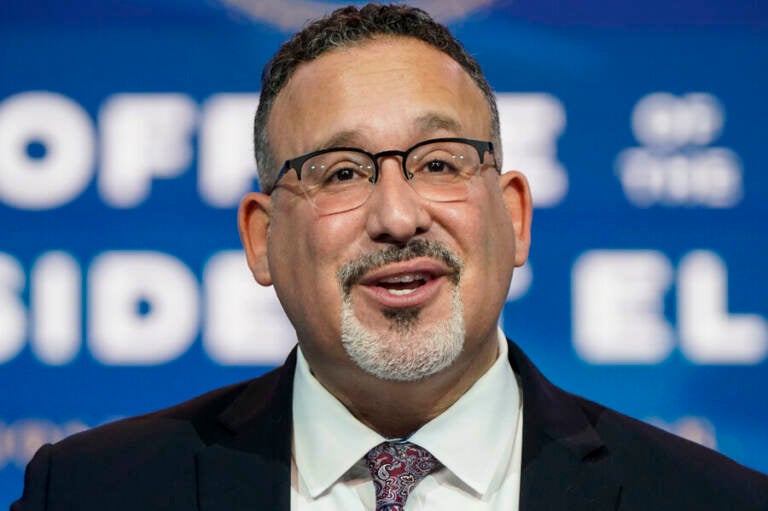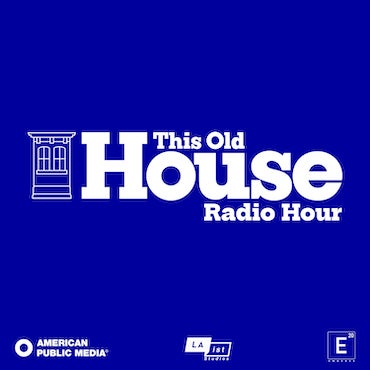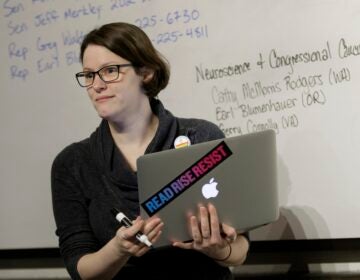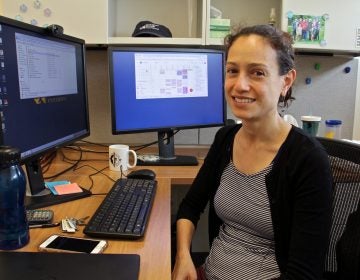What borrowers need to know about the Public Service Loan Forgiveness overhaul

"Borrowers who devote a decade of their lives to public service should be able to rely on the promise of Public Service Loan Forgiveness," U.S. Education Secretary Miguel Cardona said on Wednesday. (Joshua Roberts/Getty Images)
Zahra Nealy was in the shower, listening to the radio, when she heard NPR reporting on Friday that the U.S. Department of Education would use its authority to help borrowers and relax the rules of the troubled Public Service Loan Forgiveness (PSLF) program.
“That’s me! You’re talking about me,” Nealy, who works for a Southern California nonprofit, remembers thinking. “It’s really hope. In a desperate time.”
On Wednesday, borrowers like Nealy — who have felt stymied by the federal program meant to forgive the student loan debts of longtime public servants — got more reason for optimism, as the department officially released the details of its overhaul plans.
“Borrowers who devote a decade of their lives to public service should be able to rely on the promise of Public Service Loan Forgiveness,” said U.S. Secretary of Education Miguel Cardona in a press release announcing the changes. “The system has not delivered on that promise to date, but that is about to change for many borrowers who have served their communities and their country.”
Up to this point, to qualify for PSLF, borrowers have had to meet a handful of requirements:
- Working in a public sector job.
- Making 120 on-time student loan payments.
- Participating in a qualified repayment plan.
- Having a specific type of loan, known as federal Direct Loans.
Now, the department says, it will use its authority to give borrowers a time-limited waiver — essentially relaxing several of these rules retroactively, so that previously disqualified loan payments can now be counted toward forgiveness.
The department estimates that this waiver could have an enormous impact on borrowers, with roughly 22,000 immediately eligible to have their loans erased automatically. Another 27,000 borrowers could likewise see their debts disappear if they’re able to prove they were working in public service at the time they made previously ineligible payments. By comparison, 16,000 borrowers have had their loans forgiven under PSLF since the program was created.
Many disqualified payments will now count toward loan forgiveness
In the past, monthly loan payments were disqualified not only for being received late but also for being even slightly different from the amount required.
Now, the department says, past-due payments will be counted — as will payments that were disqualified for differing slightly, even by just a few cents, from the amount due.
Different repayment plans will also temporarily count toward forgiveness
The PSLF program requires that a borrower be enrolled in one of a few specific repayment plans, including the Income-Based Repayment Plan (IBR) and the Pay As You Earn Repayment Plan (PAYE). But because of complaints from borrowers about loan servicing companies misinforming them or automatically switching them to disqualified plans, the department says these past ineligible payments will now count toward forgiveness, at least temporarily.
Past FFEL loan payments will now count toward forgiveness
PSLF was designed to encourage borrowers to consolidate their old federal loans, known as Federal Family Education Loans (FFEL), into federal Direct Loans. But for myriad reasons — on a spectrum from mistakes to mismanagement to misconduct — loan servicing companies and the Education Department muddied this message to borrowers.
Many borrowers would express interest in Public Service Loan Forgiveness to their servicer only to make it years into repayment before realizing (or finally being told) that their FFEL loans didn’t qualify. And while they could consolidate them into federal Direct Loans, none of those old FFEL payments counted toward the 120 total payments required for PSLF.
In perhaps the most consequential softening of the program’s rigidity, the department is retroactively allowing borrowers to receive credit for all of those old payments they made toward ineligible FFEL and Federal Perkins Loans — going back to the beginning of the program, in 2007 — regardless of whether they consolidated those loans into Direct Loans.
In fact, for borrowers who were already certifying their public service employment, the department will attempt to automatically revise their count of PSLF-qualified payments.
The Education Department estimates that more than 550,000 borrowers, who previously consolidated their loans to qualify for PSLF, will now get to fast-forward on their path to forgiveness by an average of 23 payments — or nearly two years.
Which brings us back to Zahra Nealy in Southern California. She says she has worked in public service for nearly a decade, most recently with the Cedars-Sinai healthcare system, and has $67,000 in federal Direct loans. She has made 111 of 120 required payments, leaving just nine to go before her remaining debts are forgiven under PSLF. This overhaul will likely have little bearing on Nealy’s Direct Loans, or how quickly she’ll be rid of them.
But Nealy also has at least $28,000 in FFEL loans — debts she has worked hard to pay down, knowing they were not eligible for public service loan forgiveness. According to new details shared by the Education Department, however, these loans could now be eligible and, because Nealy has worked consistently in the public sector, they too could be erased soon.
“That’s money that I can save and store away, you know, and maybe make home ownership an actual reality, which is becoming unattainable, especially for our generation,” says Nealy, who graduated from college in 2009 into the teeth of the Great Recession.
There’s extra help for military service members
There’s also good news for service members in this PSLF reset. The department says it will now allow all months spent on active duty to count toward PSLF — that’s even if the borrower’s loans were in deferment or forbearance, and not actively being repaid.
What has not changed
Public service is still non-negotiable, as are the 120 required payments — though what now qualifies as a payment has expanded dramatically.
The department says it also plans to use the rulemaking process to improve PSLF moving forward, so more changes may be on the way.
To benefit from the temporary changes the department is making, borrowers who have not yet applied for PSLF must do so before Oct. 31, 2022. For borrowers with FFEL or Perkins loans, the department says they must consolidate those loans and submit a PSLF form. The Department of Education says it will post more information about its PSLF waiver at StudentAid.gov/PSLFWaiver.
9(MDAzMzI1ODY3MDEyMzkzOTE3NjIxNDg3MQ001))




